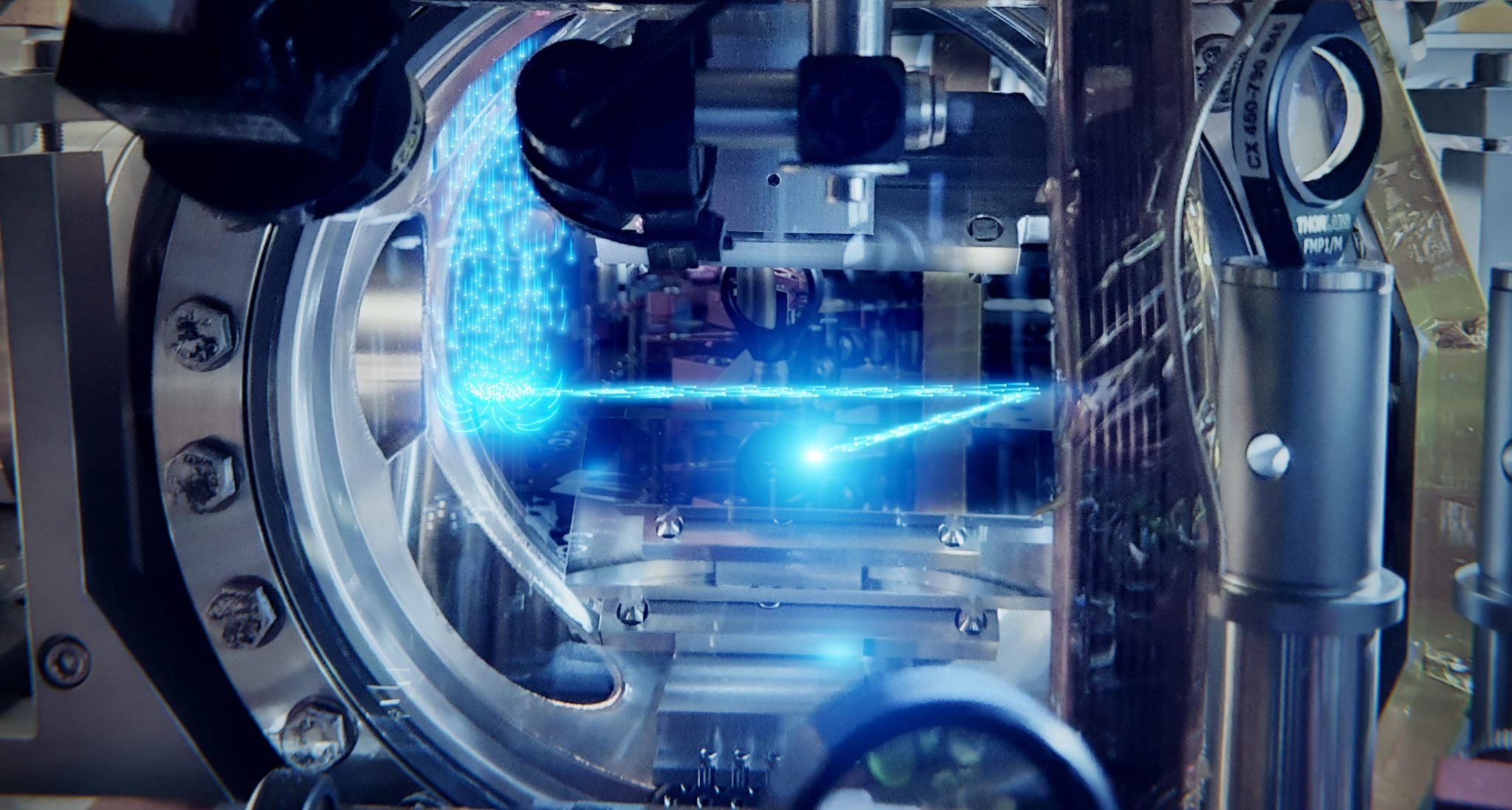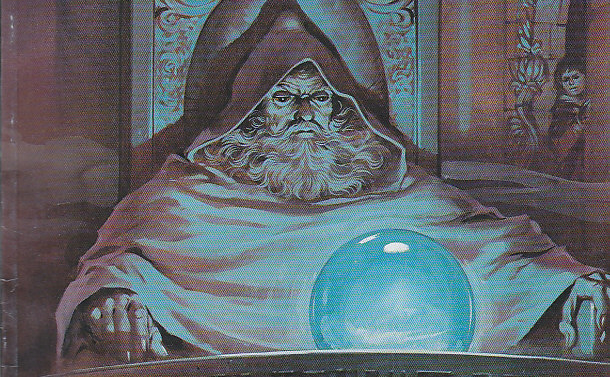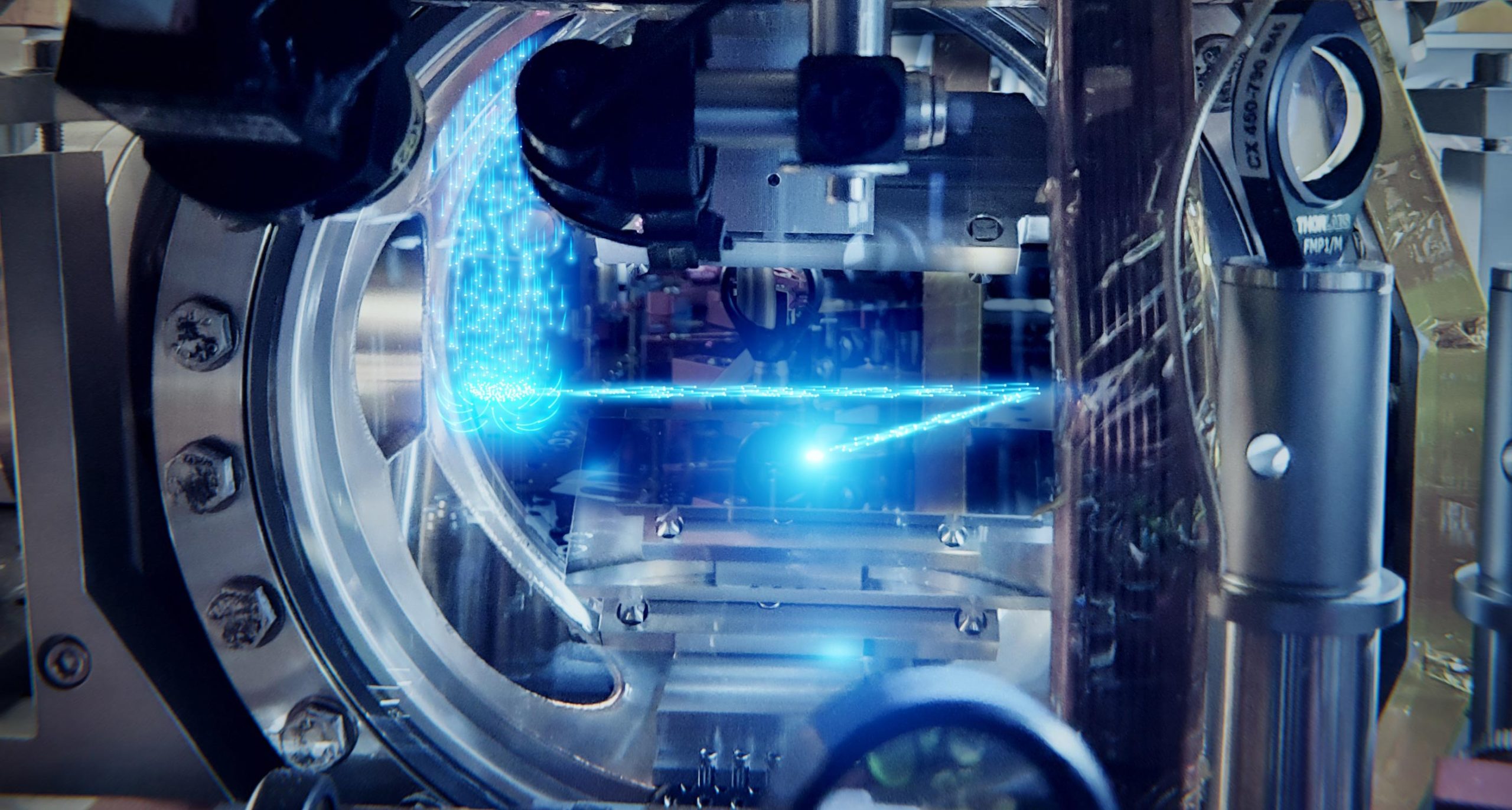
Des physiciens de l’Université d’Amsterdam conçoivent un laser atomique qui peut durer éternellement. Crédit : UVA
De nos jours, imaginer notre quotidien sans laser est devenu difficile. Les lasers sont utilisés dans les imprimantes, les lecteurs de CD, les jauges, les pointeurs, etc.
Ce qui rend le laser si spécial, c’est qu’il utilise des ondes lumineuses cohérentes : toute la lumière à l’intérieur du laser vibre parfaitement en synchronisation. Pendant ce temps, la mécanique quantique nous dit que les particules telles que les atomes doivent également être considérées comme des ondes. En conséquence, nous pouvons construire[{ » attribute= » »>atom lasers’ containing coherent waves of matter. But can we make these matter waves last, so that they may be used in applications?
In research that was published in the journal Nature on June 8, a team of physicists from the University of Amsterdam shows that the answer to this question is affirmative.
Getting bosons to march in sync
The concept that underlies the atom laser is the so-called Bose-Einstein Condensate, or BEC for short.
Elementary particles in nature occur in two types: fermions and bosons. Fermions are particles like electrons and quarks – the building blocks of the matter that we are made of. Bosons are very different in nature: they are not hard like fermions, but soft: for example, they can move through one another without a problem. The best-known example of a boson is the photon, the smallest possible quantity of light.
But matter particles can also combine to form bosons – in fact, entire atoms can behave just like particles of light. What makes bosons so special is that they can all be in the exact same state at the exact same time, or phrased in more technical terms: they can ‘condense’ into a coherent wave. When this type of condensation happens for matter particles, physicists call the resulting substance a Bose-Einstein Condensate.

The central part of the experiment in which the coherent matter waves are created. Fresh atoms (blue) fall in and make their way to the Bose-Einstein Condensate in the center. In reality, the atoms are not visible to the naked eye. Image processing by Scixel. Credit: UvA
In everyday life, we are not at all familiar with these condensates. The reason: it is very difficult to get atoms to all behave as one. The culprit destroying the synchronicity is temperature: when a substance heats up, the constituent particles start to jiggle around, and it becomes virtually impossible to get them to behave as one. Only at extremely low temperatures, about a millionth of a degree above absolute zero (about 273 degrees below zero on the Celsius scale), is there a chance of forming the coherent matter waves of a BEC.
Fleeting bursts
A quarter of a century ago, the first Bose-Einstein Condensates were created in physics labs. This opened up the possibility to build atom lasers – devices that literally output beams of matter – but these devices were only able to function for a very short time. The lasers could produce pulses of matter waves, but after sending out such a pulse, a new BEC had to be created before the next pulse could be sent out.
For a first step towards an atom laser, this was still not bad. In fact, ordinary, optical lasers were also made in a pulsed variant before physicists were able to create continuous lasers. But while the developments for optical lasers had gone very fast, the first continuous laser being produced within six months after its pulsed counterpart, for atom lasers the continuous version remained elusive for more than 25 years.
It was clear what the problem was: BECs are very fragile, and are rapidly destroyed when light falls on them. Yet the presence of light is crucial in forming the condensate: to cool a substance down to a millionth of a degree, one needs to cool down its atoms using laser light. As a result, BECs were restricted to fleeting bursts, with no way to coherently sustain them.
A Christmas present
A team of physicists from the University of Amsterdam has now managed to solve the difficult problem of creating a continuous Bose-Einstein Condensate. Florian Schreck, the team leader, explains what the trick was. “In previous experiments, the gradual cooling of atoms was all done in one place. In our setup, we decided to spread the cooling steps not over time, but in space: we make the atoms move while they progress through consecutive cooling steps. In the end, ultracold atoms arrive at the heart of the experiment, where they can be used to form coherent matter waves in a BEC. But while these atoms are being used, new atoms are already on their way to replenish the BEC. In this way, we can keep the process going – essentially forever.”
While the underlying idea was relatively simple, carrying it out was certainly not. Chun-Chia Chen, first author of the publication in Nature, recalls: “Already in 2012, the team – then still in Innsbruck – realized a technique that allowed a BEC to be protected from laser cooling light, enabling for the first time laser cooling all the way down to the degenerate state needed for coherent waves. While this was a critical first step towards the long-held challenge of constructing a continuous atom laser, it was also clear that a dedicated machine would be needed to take it further.
“On moving to Amsterdam in 2013, we began with a leap of faith, borrowed funds, an empty room and a team entirely funded by personal grants. Six years later, in the early hours of Christmas morning 2019, the experiment was finally on the verge of working. We had the idea of adding an extra laser beam to solve a last technical difficulty, and instantly every image we took showed a BEC, the first continuous-wave BEC.”
Having tackled the long-standing open problem of creating a continuous Bose-Einstein Condensate, the researchers have now set their minds on the next goal: using the laser to create a stable output beam of matter. Once their lasers can not only operate forever but can also produce stable beams, nothing stands in the way of technical applications anymore, and matter lasers may start to play an equally important role in technology as ordinary lasers currently do.
Reference: “Continuous Bose–Einstein condensation” by Chun-Chia Chen, Rodrigo González Escudero, Jirí Minár, Benjamin Pasquiou, Shayne Bennetts and Florian Schreck, 8 June 2022, Nature.
DOI: 10.1038/s41586-022-04731-z







More Stories
Quelle est la prochaine grande nouveauté en matière de perte de poids ?
Une nouvelle découverte pourrait réécrire les livres sur la génétique
Compenser le sommeil le week-end pourrait réduire d’un cinquième le risque de maladie cardiaque – étude | Maladie cardiaque